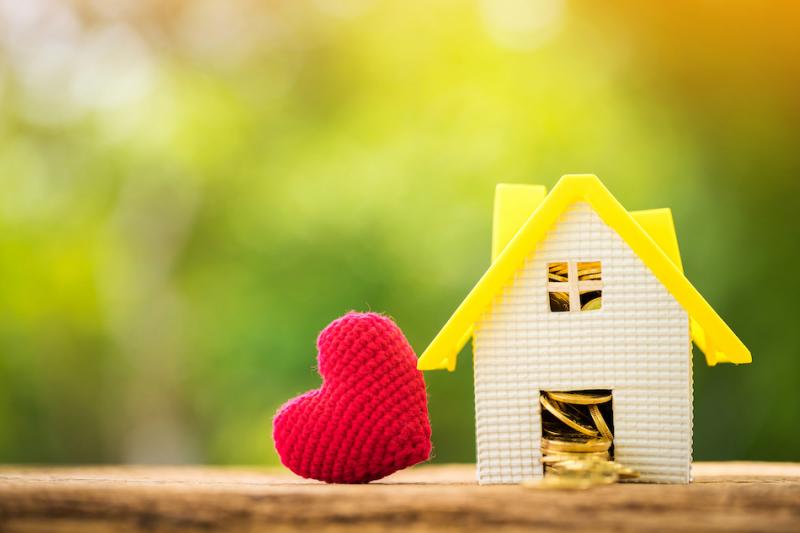
What is ‘Wellness Real Estate’?
“Wellness real estate” — the construction of residential and commercial/institutional (i.e. office, hospitality, mixed-use/multi-family, medical, leisure, etc.) properties that incorporate intentional wellness elements in their design, materials, buildings, amenities, services, and/or programming, according to the Global Wellness Institute.
In short, wellness real estate is places that are built with the physical, mental and emotional wellbeing of its occupants in mind.
While it’s an idea that’s growing quickly after being spurred by the pandemic — 2021 saw an almost 300 percent increase in wellness projects across the globe versus three years prior — wellness real estate isn’t actually new.
The seeds of this concept were planted before the 1900s when health resorts first saw popularity and people began purchasing vacation and/or second homes. The idea stalled until the 1970s when agriculture became a focal point of community design, with the inclusion of farmers markets, community gardens and urban farms. Twenty years later, technology and innovation helped enhance living environments and builders started embracing green and sustainable building practices. In the 2000s, “wellness real estate” became more clearly defined, with developers pushing the wellbeing of their residents into the forefront of community design.
Along comes the pandemic, and wellness is an even greater consideration when it comes to picking a place to live. According to the Global Wellness Institute, “our homes, communities and surrounding environment directly affect our daily behaviors and lifestyles, and together, these determine up to 80-90 percent of our health outcomes.” Your home — and its location — is becoming not only a financial investment but one into your wellbeing.
So, what might a home and a community with a high “ROW” (Return On Wellness) look like? Homes might have air filtration or purification systems. Sanitizing lights could be incorporated into the lighting system as well as circadian lighting for better sleep. Along with air filtration systems, builders are also adding water filtration options. Floor plans might also include spaces for meditation.
When it comes to a community, you’ll see several familiar amenities such as trails, pools and parks that encourage you to go outside and be active. Communities with a deeper commitment to wellness might also have meditation parks, yoga lawns, tech-free zones and/or activities, and highly imaginative play spaces that energize residents to make connections. Lifestyle programming also will encourage residents to form bonds, leading from a “me” mentality to a “we” mindset. Colors, landscape design and more will be curated to spark happiness.
At the end of the day, a wellness community will be where residents live with more purpose, connect with nature — and each other — and foster a true sense of community, all of which lead to longer happier lives.
Discover how Jubilee homes prioritize your well-being through intentional design



